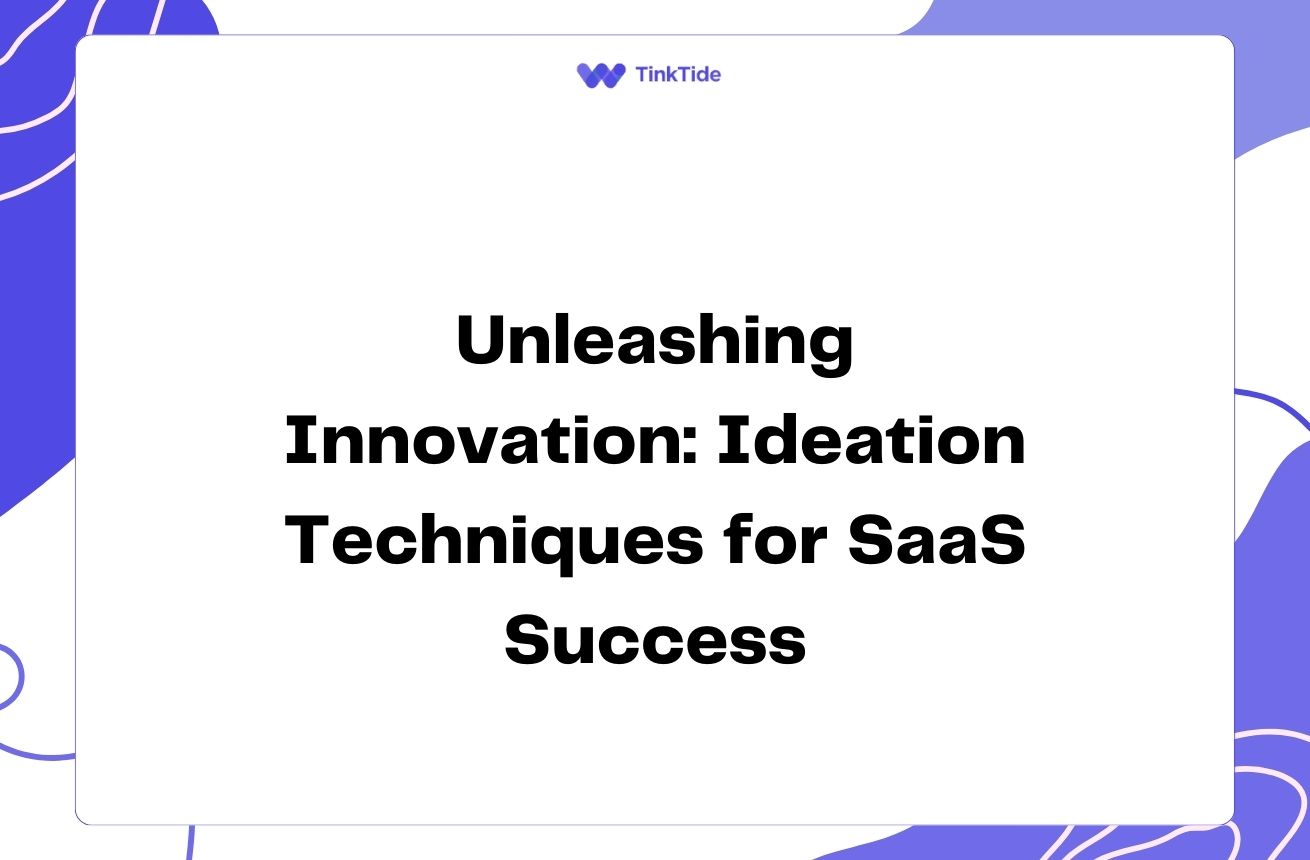Unleashing Creativity: Visual Brainstorming Success Stories
The Power of Visual Brainstorming
Visual brainstorming is a powerful technique that combines creative thinking with visual elements to generate innovative ideas and solutions. By engaging multiple senses and tapping into our brain's visual processing capabilities, this method can lead to breakthrough insights and foster collaborative problem-solving.
In this article, we'll explore real-life examples of successful visual brainstorming sessions and their remarkable outcomes. These case studies demonstrate how organizations across various industries have leveraged visual thinking to overcome challenges and drive innovation.
From tech giants to non-profit organizations, visual brainstorming has proven to be a versatile tool for tackling complex problems and sparking creativity. Let's dive into these inspiring examples and discover how you can apply similar techniques in your own work.
IDEO's Design for Social Impact
IDEO, a global design and innovation company, used visual brainstorming to address social challenges in developing countries. In collaboration with the Bill & Melinda Gates Foundation, IDEO tackled the issue of improving sanitation in urban slums.
The team employed various visual techniques, including mind mapping, sketching, and prototyping. They created visual journey maps to understand the daily lives of slum dwellers and used storyboarding to explore potential solutions.
The outcome was the development of the 'Clean Team' service, a sustainable sanitation system that provides in-home toilets and waste collection. This innovative solution has since improved the lives of thousands of people in Ghana and other developing nations.
NASA's Mission to Mars
NASA's Jet Propulsion Laboratory (JPL) utilized visual brainstorming to plan the Mars Exploration Rover mission. The team faced the complex challenge of designing a rover that could safely land and operate on the Martian surface.
Engineers and scientists used large whiteboards to sketch out ideas, create flowcharts, and visualize potential landing scenarios. They also employed 3D modeling and virtual reality simulations to test different rover designs and mission concepts.
The result of these visual brainstorming sessions was the successful development and deployment of the Spirit and Opportunity rovers. These missions greatly expanded our understanding of Mars and paved the way for future exploration.
Google's Design Sprint for Android Wear
When developing Android Wear, Google's wearable technology platform, the company employed its famous Design Sprint methodology, which heavily relies on visual brainstorming techniques.
The team used techniques such as crazy eights (rapid sketching of eight ideas in eight minutes), storyboarding, and prototyping to explore various user interface concepts for smartwatches. They also created user journey maps to visualize how people might interact with wearable devices throughout their day.
This visual approach led to the development of a unique, glanceable interface for Android Wear that prioritized quick, contextual information delivery. The platform has since become a major player in the wearable technology market.
Airbnb's Service Design Innovation
Airbnb used visual brainstorming to reimagine its customer experience and service design. The company organized a series of workshops where cross-functional teams collaborated on visualizing the entire customer journey.
Participants created large-scale journey maps, using sticky notes, drawings, and photographs to represent different touchpoints in the Airbnb experience. They also employed empathy mapping to better understand the needs and pain points of both hosts and guests.
The outcome of these sessions was a complete overhaul of Airbnb's service design, including the introduction of Airbnb Experiences and improvements to the booking process. These innovations helped solidify Airbnb's position as a leader in the sharing economy.
Key Elements of Successful Visual Brainstorming
Based on these real-life examples, we can identify several key elements that contribute to successful visual brainstorming sessions:
- Cross-functional collaboration: Bringing together diverse perspectives
- Tangible visualization: Using physical or digital tools to make ideas visible
- Rapid prototyping: Quickly testing and iterating on concepts
- User-centric approach: Focusing on the needs and experiences of end-users
- Time-boxed activities: Setting clear time limits to maintain focus and energy
Implementing Visual Brainstorming in Your Organization
To implement effective visual brainstorming in your organization, consider the following steps:
- Step 1: Create a dedicated space for visual thinking
- Step 2: Provide a variety of tools (whiteboards, sticky notes, markers, etc.)
- Step 3: Train team members in visual thinking techniques
- Step 4: Establish a culture that encourages creative expression
- Step 5: Regularly schedule visual brainstorming sessions for key projects
Measuring the Impact of Visual Brainstorming
To assess the effectiveness of your visual brainstorming efforts, consider tracking metrics such as:
- Number of ideas generated per session
- Quality and feasibility of proposed solutions
- Time to market for new products or services
- Employee engagement and satisfaction levels
- Customer feedback on implemented ideas
Common Questions About Visual Brainstorming
Here are some frequently asked questions about visual brainstorming:
What tools are essential for visual brainstorming?
Essential tools include whiteboards, sticky notes, markers, large sheets of paper, and digital tools like mind mapping software or collaborative online whiteboards.
How long should a visual brainstorming session last?
Sessions typically last between 60 to 90 minutes to maintain focus and energy. However, complex projects may require multiple sessions spread over several days.
Can visual brainstorming be done remotely?
Yes, with the help of digital collaboration tools like Miro, Mural, or Google Jamboard, teams can conduct effective visual brainstorming sessions remotely.
How many people should participate in a visual brainstorming session?
Ideal group sizes range from 5 to 8 participants, allowing for diverse perspectives while maintaining manageable discussions.
How can we overcome creative blocks during visual brainstorming?
Try techniques like random word association, reverse thinking, or SCAMPER (Substitute, Combine, Adapt, Modify, Put to another use, Eliminate, Reverse) to spark new ideas.
Additional Resources
The Back of the Napkin by Dan Roam
A guide to solving problems and selling ideas with pictures
IDEO U: Visualizing Data Course
Learn how to effectively communicate complex information through visual storytelling
Gamestorming: A Playbook for Innovators
A collection of visual thinking games and activities for business innovation
Mural: Visual Collaboration Software
A digital workspace for visual collaboration and brainstorming
Visual Thinking: Empowering People & Organizations through Visual Collaboration
A comprehensive guide to visual thinking methods and techniques
Embrace the Power of Visual Brainstorming
Visual brainstorming has proven to be a powerful tool for innovation and problem-solving across various industries. By incorporating visual elements into your creative process, you can unlock new perspectives and drive meaningful outcomes.
Remember that successful visual brainstorming requires practice, the right tools, and a supportive environment. Encourage your team to experiment with different visual thinking techniques and adapt them to your specific needs.
Start implementing visual brainstorming in your organization today and watch as your team's creativity and problem-solving abilities soar to new heights.
Supercharge Your Team's Creativity
Discover how Tinktide can help you implement effective visual brainstorming sessions
Start Your Free Trial

